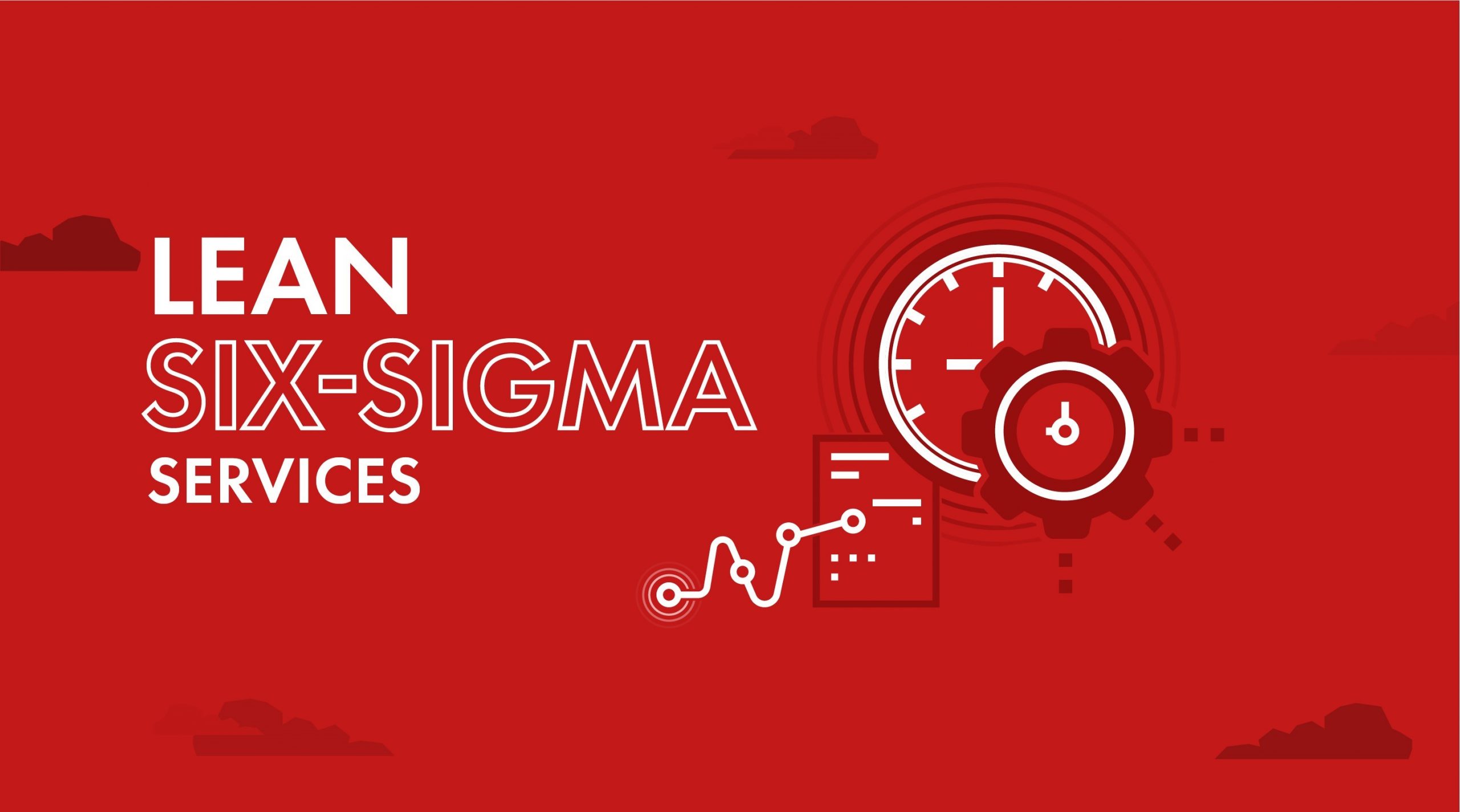
What is Lean Six Sigma and How to apply it?
19th Nov, 2022
Companies worldwide are struggling to control their manufacturing cost and provide the highest quality product. To address that challenge, Lean Six Sigma, a quality management method, is used to cut waste, eliminate product flaws, boost customer happiness, focus on consumer needs, and conduct in-depth data analysis. This article explores Lean Six Sigma and how it can be used in your business to increase productivity, cut costs, and improve customer experiences—all things necessary to remain competitive.
What is Lean Six Sigma?
Lean Six Sigma is a process improvement strategy which gain popularity at Toyota. The Lean manufacturing process gained popularity during the industrial revolution, which focuses on enhancing manufacturing and transaction processes to give customers better value.
Six Sigma is a quantitative method to process improvement that reduces errors and process variance while speeding up execution. It was developed in the 1980s to increase execution speed and quality by lowering process flaws and mistakes. Lean Six Sigma is a mix of the two process improvement methodologies to standardize processes, eliminate waste, and reduce errors. This hybrid approach increases process execution speeds and the value provided to customers.
5 Key Principles of Lean Six Sigma.
- Focus on the Customer: The main objective is to benefit the consumer as much as possible. To do this, a company must comprehend its clientele—their wants, needs, and factors influencing loyalty or sales.
- Analyse the Value Stream to Discover Issue: Establish standardized data collection methods and have goals for data collection that are specified, including the data to be collected, the reason for the data collection, the expected insights, and the assurance of measurement accuracy.
- Eliminate the clutter: Process operations that don’t increase the value to the consumer should be eliminated. Tools help find the outliers and problem areas if the value stream cannot indicate where the issue is.
- Involve all stakeholders: Six Sigma procedures can significantly impact a business, so the team must be knowledgeable about the guiding principles and methodologies. As a result, to lower the risk of project or re-design failures and guarantee that the process operates at peak efficiency, specialist training and knowledge are needed.
- Ensure an adaptable and responsive ecosystem: When a flawed or ineffective process is eliminated, it necessitates a shift in work procedures and employee behavior. A strong culture of adaptability and responsiveness to protocol adjustments helps guarantee efficient project execution.
Method to apply Lean Six Sigma
Applying Lean Six Sigma to your continuous process improvement initiatives follows five simple steps:
Definition: Define the issue from the viewpoints of the company, the stakeholders, and the customers. Determine the level of the problem and the quality expectations that customers have.
Measurement:
- Analyse the existing procedure and how it adds to the issue.
- Check to see if the system can satisfy the clients’ previously stated quality requirements.
- Match each step of the process to your quality standards.
- Provide actual performance statistics to back up your measurements.
Analysis: To determine the precise nature of the issue, its extent, and its cause, review all the information obtained until now.
Improve:
- Fix the issue, then check the improvement.
- Work together to design a fix that eliminates the issue’s root cause.
- Use your data to ensure the answer is appropriate for the current problem.
- Analyze the solution’s performance to support it and test it.
Control:
- Track progress and make further improvements as needed.
- Establish final performance standards.
- Create a strategy that can adapt to new situations, maintain gains, and stop the initial issue from recurring.
What is the difference between Lean Six Sigma and Six Sigma?
Lean Six Sigma and Six Sigma are methods for resolving issues with processes. Both can assist businesses in examining their operations to find ways to increase quality, efficiency, and time usage. Both employ the phases/method of DMAIC. Both strategies center on developing a culture of problem-solving at work. Lean Six Sigma aims to enhance workflow and add more value for customers by decreasing or eliminating faults and the wasteful use of resources. On the other hand, Six Sigma concentrates on lowering errors and process variability to raise process output and quality to satisfy client expectations. Lean Six Sigma improves process flow, maintains continuous improvement, and helps organizations achieve their goals by combining elements of Six Sigma (such as data analysis) and elements of the Lean methodology.
Benefits of Lean Six Sigma
- Businesses may enhance the work experience for employees and the customer experience for customers by making key procedures more efficient. Both inside and outside of a corporation, this can increase loyalty.
- Streamlined and made simpler processes can give an organization more control and make it easier to seize new possibilities.
- They may also result in increased income and sales, decreased expenses, and better company outcomes.
- Participating in a team project or company-wide efficiency drive can help employees develop new skills (including project management and analytical thinking), increase their career advancement possibilities, and foster camaraderie.
- Companies save time, money, and labor by preventing faults rather than having to find and fix them later.
- Employees, clients, suppliers, and the corporation all gain from the business process.
How 4C helps in Lean Six Sigma implementation?
Our Lean Six Sigma Manufacturing Consultants have experience in all verticals of business and are experts in providing lean manufacturing training with a solution, Total Quality Management that’s cost-effective, efficient and reliable in the long-run. 4C team has provided Lean Six Sigma tool services and training to 45+ clients and 1300+ training hours along with 60+ certifications. To know more about how you can practice lean manufacturing in your organization, Contact us now.
